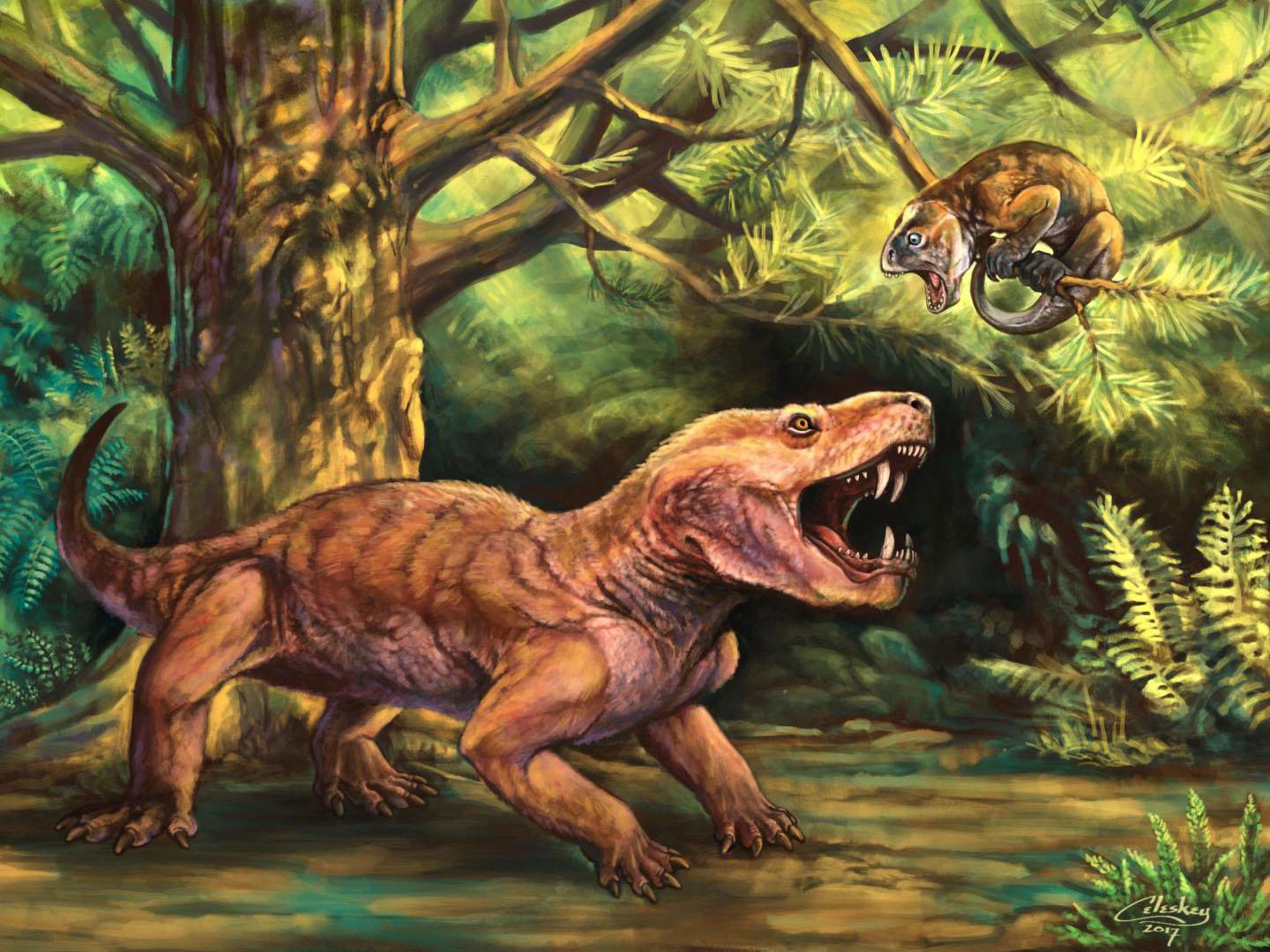‘Monstrous’ new sabre-toothed fossils from Russia reveal early evolution of mammals
Predatory creatures were distant ancestors of modern mammals

Your support helps us to tell the story
From reproductive rights to climate change to Big Tech, The Independent is on the ground when the story is developing. Whether it's investigating the financials of Elon Musk's pro-Trump PAC or producing our latest documentary, 'The A Word', which shines a light on the American women fighting for reproductive rights, we know how important it is to parse out the facts from the messaging.
At such a critical moment in US history, we need reporters on the ground. Your donation allows us to keep sending journalists to speak to both sides of the story.
The Independent is trusted by Americans across the entire political spectrum. And unlike many other quality news outlets, we choose not to lock Americans out of our reporting and analysis with paywalls. We believe quality journalism should be available to everyone, paid for by those who can afford it.
Your support makes all the difference.Two new species of predatory creatures with giant sabre teeth have been unearthed in Russia.
The prehistoric animals belong to a group known as therapsids or “protomammals” that ruled the planet long before the first dinosaurs over 250 million years ago.
These creatures would ultimately give rise to modern mammals, but they were largely wiped out by a massive extinction event at the end of the Permian era that made way for the age of the dinosaurs.
As the new specimens are some of the only ones to be found outside Africa, they have been welcomed as an important piece in the puzzle of the mammal family tree.
Inspired by their “monstrous” appearances, both species were named after legendary creatures from Russian folklore.
Gorynychus is named after Zmey Gorynych, a three-headed dragon, and Nochnitsa shares the name of a malevolent nocturnal spirit, also known as the “night hag”.
The wolf-sized Gorynychus belonged to a subgroup of protomammals called therocephalians – meaning “beast heads” – while the smaller Nochnitsa was a gorgonopsian, a group taking their name from a monster from Greek mythology.
The fossils were discovered by expeditions from the Vyatka Paleontological Museum to a site near the near the town of Kotelnich in western Russia.
"Kotelnich is one of the most important localities worldwide for finding therapsid fossils – not only because they are amazingly complete and well-preserved there, but also because they provide an all-too-rare window into mammal ancestry in the Northern Hemisphere during the Permian,” said Dr Christian Kammerer of the North Carolina Museum of Natural Sciences.
Descriptions of the fossils were published in the journal PeerJ.
Many protomammal remains have been found in the rich fossil beds of South Africa, and the newly discovered specimens are among the first of their kind to be found outside the region.
They are evidence of a major shake-up for life on Earth that took place around 260 million years ago, when a relatively small extinction event had a big impact on the creatures and their roles in ecosystems.
Prior to this mid-Permian extinction gorgonopsians were giant predators and therocephalians were smaller, but later on these roles were reversed.
The Russian finds confirm this, as Gorynychus was clearly a top predator, and is the largest found in the region.
"In between these extinctions, there was a complete flip-flop in what roles these carnivores were playing in their ecosystems -- as if bears suddenly became weasel-sized and weasels became bear-sized in their place," said Dr Kammerer.
Join our commenting forum
Join thought-provoking conversations, follow other Independent readers and see their replies
Comments